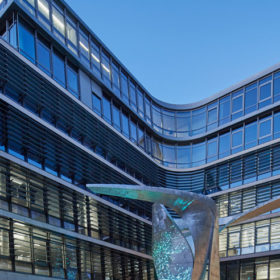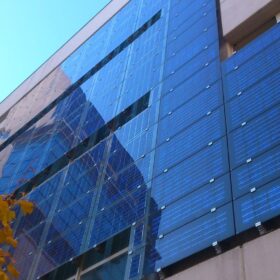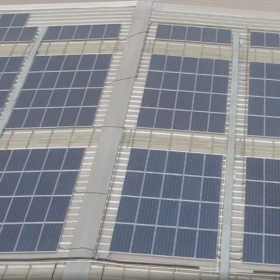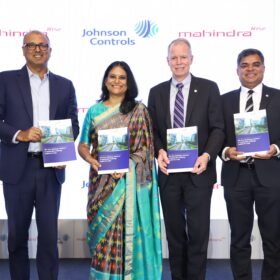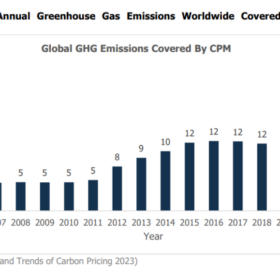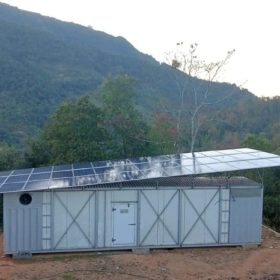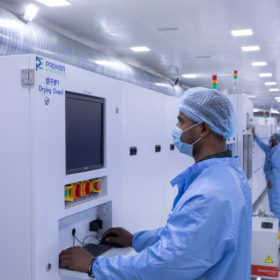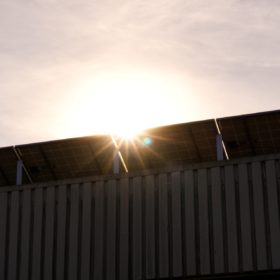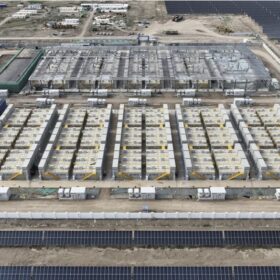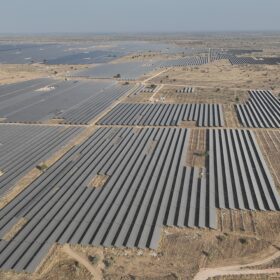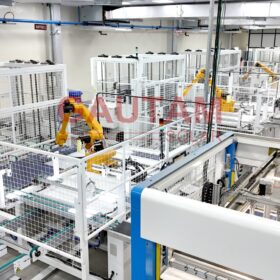Siemens Ltd new orders up 44% yoy in Jan-Feb-March quarter
Siemens Ltd has secured new orders worth INR 5,305 crore in the quarter ended March 31, 2025, 44% up year-on-year. Revenue for the quarter increased 2.6% to INR 4,259 crore.
Five-year testing show PV façades perform better than expected
Researchers in the Netherlands have analyzed the performance of PV façades during the period 2018-2023 and have found that these system may generate more economic value than conventional rooftop PV systems. Their analysis was based on financial, technical and environmental metrics
A look into the green credit system for renewable energy
Green credits offer a vital mechanism for incentivizing environmentally positive actions beyond just corporations, involving individuals and communities. By providing tangible benefits for sustainable practices, such as renewable energy adoption and conservation efforts, green credits engage the public at large, fostering widespread participation in combating climate change.
GCF approves $24.5 million investment in Avaana Capital’s climate and sustainability fund
Green Climate Fund (GCF) has approved a $24.5 million investment in Avaana Capital’s Climate and Sustainability Fund for technology-driven climate solutions.
Mahindra Group and Johnson Controls launch net zero buildings initiative in India
Under the Net Zero Buildings Initiative, Mahindra Group and Johnson Controls have launched a cost-free toolkit that will help building and facility owners to learn about the best practices of sustainable buildings, implement tools to assess building parameters, identify and implement conservation measures, and understand building regulations in India, available incentives, technology, financing models, and more.
Siemens profit 36% up YoY in July-Aug-Sept quarter
Siemens Ltd has announced a revenue of INR 5,297 crore and net profit (profit after tax) of INR 534 crore in the fourth quarter of financial year 2023 ended September 30, 2023.
Unveiling India’s carbon credit revolution: From local initiatives to global impact
The Indian carbon credit system, operating under the Clean Development Mechanism (CDM) and the United Nations Framework Convention on Climate Change (UNFCCC), stands ahead in several aspects.
Transition VC launches INR 400 crore fund for energy startups
Transition VC will invest seed capital in 40 startups across sectors such as e-mobility, green hydrogen, energy storage, net-zero buildings and climate-tech over the next three years.
Premier Energies earns LEED Gold certification for its solar factory
The Indian manufacturer’s facility at Electronic City in Telangana has become the first LEED Gold-rated solar cell and module manufacturing facility in India. It received the stringent green building rating from the US Green Building Council.
IIFL Home Finance signs $68 million loan agreement with ADB
The funding is aimed to boost women’s access to affordable green housing in India. It includes up to $58 million direct loan by the Asian Development Bank and a $10 million concessional loan by the Canadian Climate Fund for the Private Sector in Asia.
